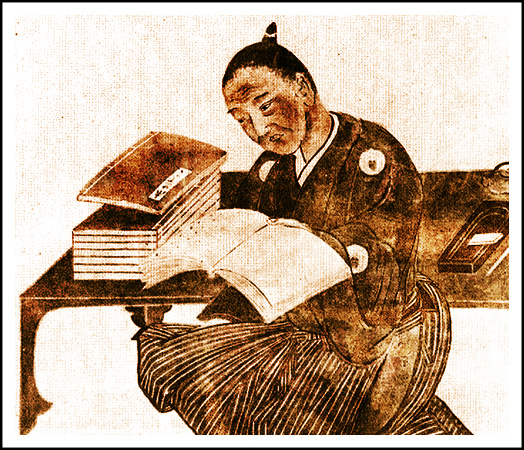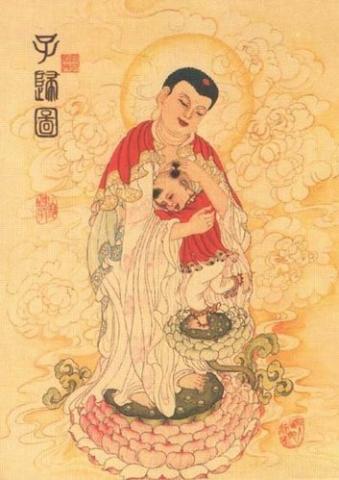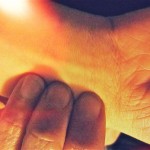In aging, one must be so careful with everything lest it affect a host of health-related backlash. In treatment of our aging and elderly patients, emphasis of treatment pertains significantly to declining Kidney essence. However, the most serious diseases of aging are also caused by phlegm, blood stasis and internal wind. The pulse of the elderly patient read in Chinese medicine is frequently found to be hard, wiry and slippery. These three factors play a role in the pathologies of aging from which stroke, coronary heart disease, cancer, high cholesterol, diabetes, hypertension, as well as Alzheimer’s and Parkinson’s diseases are commonly occurring conditions.
analytical
Rules and Judgement, Su Wen Ch.70
 Judgment [lun cai] and mind [zhi yi] must be based upon laws and rules. If one follows the classics, observing the calculations and accordingly, practicing [medicine] with due reverence to these rules, will be of benefit and set an example for all humankind. If the way is carefully observed, myriad diseases can be cured. Qi and Blood will assume a proper balance, and the Mandate of Heaven will last long.
Judgment [lun cai] and mind [zhi yi] must be based upon laws and rules. If one follows the classics, observing the calculations and accordingly, practicing [medicine] with due reverence to these rules, will be of benefit and set an example for all humankind. If the way is carefully observed, myriad diseases can be cured. Qi and Blood will assume a proper balance, and the Mandate of Heaven will last long.
Pertaining to Rules and Judgements
• If one punishes where there is no transgression, this is a great error.
• If one rebels against the grand norms of nature, True Qi cannot be restored.
• If a practitioner treats a repletion as if it were a depletion, if s/he considers evil Qi as if it were true Qi, and if s/he [applies needles] disregarding what is right to do, plunders Qi, and in that, removes proper Qi [of the patient].

SuWen Ch.70, Based on Translations by Paul Unschuld
Acupuncture and Endorphins
Acupuncture Works!
Wellness Best Wishes to All.
Listening to the Pulse
✍️Wendy Brown, Lic. Ac.
The traditional art of pulse reading in the practice of Chinese medicine is an elusive form of conversation between patient and practitioner, and the method is a cornerstone of diagnosis and treatment. When a practitioner sets to feeling the pulses of a patient, what is conferred within the pulse is as practical as it is profound, and informs, guides, and refines the treatment.
 Each channel has a pulsation, a vibration, and qualities that imply the status of the channel and its network correspondences. But, more essentially, pulse rhythms, rates, and dichotomies are the measures of the individual’s life, and are ever-shifting with the multitudinous influences one is subjected to. Where else in the human form do we find that which measures a person’s past, present, and future than within the pulsations of sentience of one’s lifeblood? Each pulse speaks of intrinsic questions and the potential nature of the person.
Each channel has a pulsation, a vibration, and qualities that imply the status of the channel and its network correspondences. But, more essentially, pulse rhythms, rates, and dichotomies are the measures of the individual’s life, and are ever-shifting with the multitudinous influences one is subjected to. Where else in the human form do we find that which measures a person’s past, present, and future than within the pulsations of sentience of one’s lifeblood? Each pulse speaks of intrinsic questions and the potential nature of the person.
 • The first treatise on the pulse, titled the Mai Jing [Pulse Classic], gave the representation of the correspondences between the Zang-Fu, which formed the basis for most subsequent Chinese systems of pulse reading. -Written by Wang Shu-he [210-285 CE], who also stated: “The mechanisms of the pulse are fine and subtle, and the pulse images are difficult to differentiate.”
• The first treatise on the pulse, titled the Mai Jing [Pulse Classic], gave the representation of the correspondences between the Zang-Fu, which formed the basis for most subsequent Chinese systems of pulse reading. -Written by Wang Shu-he [210-285 CE], who also stated: “The mechanisms of the pulse are fine and subtle, and the pulse images are difficult to differentiate.”
• “The diseases in human beings fall into the four categories known as cold, heat, excess, and deficiency. The student of the pulse should take the floating, deep, slow, and rapid pulses as the reins in observing disease conditions. This is an unchanging principle!” -Zhu Dan-xi [Yuan Dynasty]
• “Chinese pulse diagnosis does not presuppose any exceptional, little-known, paranormal endowment or ability in the person applying it. All that is required is a solid grounding in its coherent theory and a trained and well-kept hand” -Manfred Porkert [20th Century]
• “Pulse diagnosis is an individually-developed art form, a blend of learning skills, intuition, a form of meditation, of being in touch simultaneously with the deepest aspects of oneself and another. It requires an ability to trust one’s senses and years of practice.” -Leon Hammer, M.D. [20th Century]
Earth Element and its Role in Acceptance
 We can not receive nourishment without acceptance of our task at hand. Partaking with some sense of openness, we may transform our duty into something of personal, or even greater, value. This ability to transform is a central focus of the earth element in oriental medicine. Sometimes the foreign experience we must digest does not resemble something conferring nourishment, but rather a pile of something indigestible; something difficult and unwanted that we are faced with. The spirit of sharing sympathetic kindness, an emotional attribute of the earth element, can be very helpful to one in the process of facing a daunting experience, both to offer as well as to receive.
We can not receive nourishment without acceptance of our task at hand. Partaking with some sense of openness, we may transform our duty into something of personal, or even greater, value. This ability to transform is a central focus of the earth element in oriental medicine. Sometimes the foreign experience we must digest does not resemble something conferring nourishment, but rather a pile of something indigestible; something difficult and unwanted that we are faced with. The spirit of sharing sympathetic kindness, an emotional attribute of the earth element, can be very helpful to one in the process of facing a daunting experience, both to offer as well as to receive.
The sweetness of sympathetic kindness can serve to remind us of what our transformation is ultimately for, so that we have a little more ‘stomach’ to digest and make good from the challenge that has been presented to us.
![]()
Well-Wishes to You



